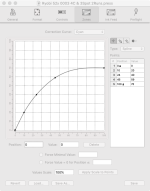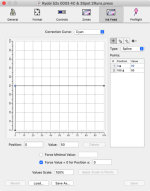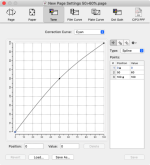Zerge
Active member
Hello everyone.
I'm looking for a cip3 software, that works with composite pdf's.
..
What I have:
Harleqin rip without cip3 plugin and PressPerCent for generate CIP3's. But PreressPerCent doesn't work with spot colors in composite pdf's.
Without spot colors there are no problems — one PDF/X-3:2002 file fo all, but with spot I need to generate two files — for RIP and cip3 and for on-screen control. It is not very elegant way.
..
What I want:
Do not depend on RIP and use standalone application.
Use only one file for RIP, cip3 and visual on-screen control.
...or advice for a correct solution from Heidelberg, Esko, etc
I'm looking for a cip3 software, that works with composite pdf's.
..
What I have:
Harleqin rip without cip3 plugin and PressPerCent for generate CIP3's. But PreressPerCent doesn't work with spot colors in composite pdf's.
Without spot colors there are no problems — one PDF/X-3:2002 file fo all, but with spot I need to generate two files — for RIP and cip3 and for on-screen control. It is not very elegant way.
..
What I want:
Do not depend on RIP and use standalone application.
Use only one file for RIP, cip3 and visual on-screen control.
...or advice for a correct solution from Heidelberg, Esko, etc















